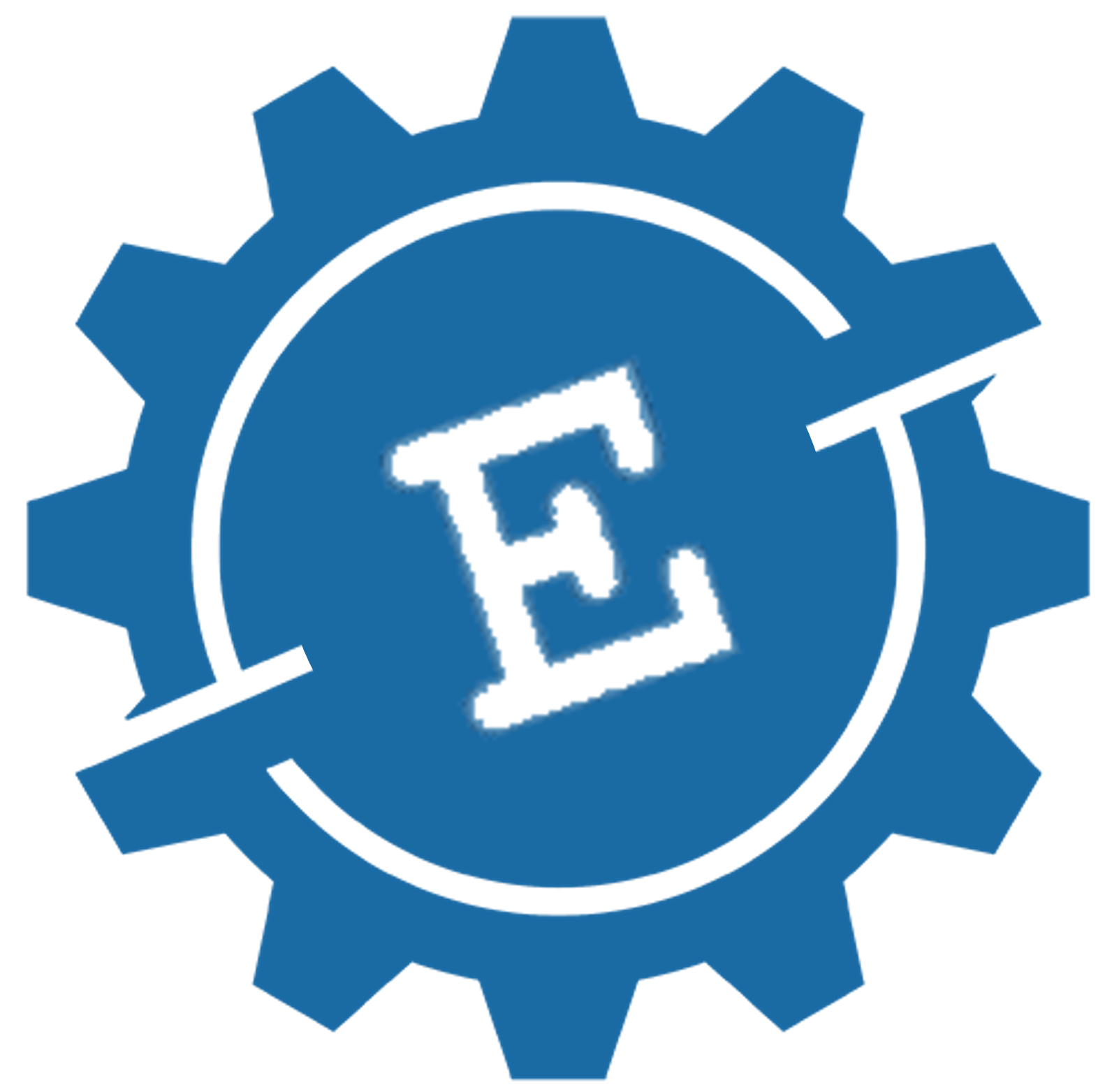A well-planned and executed computerized maintenance management system (CMMS) project can yield a maximum return on investment (ROI) realized through increased efficiency, productivity, and profits. However, a poorly planned and executed CMMS project can result in a loss of revenues. These losses can be measured in terms of the overall investment in the project, as well as from wasted time, and lost projected revenue forecast upon the successful installation and implementation of a CMMS.
Many CMMS projects fail to reach their full potential and many just plain fail. Here are some of the factors:
Not having management support for the CMMS. The major element necessary for the success of any large undertaking is commitment to the project and support by upper-level management. A lack of interest on the part of upper-level management will diminish the chances of success. If upper-level management approaches it from a rational, reasonable perspective, and provides the necessary resources, success is almost assured.
Employee turnover. CMMS projects fail because of employee turnover for one of the three reasons: A key member, or members of a project team may resign, be terminated, or be transferred. With a sophisticated project like the CMMS, continuity is a key factor in its success. In order to establish that continuity, and maintain it in the event of personnel changes, each step of the project should be fully and accurately documented.
Employee resistance. Often, employee resistance to computers is not considered when management decides to acquire a CMMS. This problem can be more devastating than losing key members of the project team. Employees may accept the computerization enthusiastically or become hostile to the idea. Management may look at the CMMS as a tool to help employees in their work, and in turn, enhance the bottom line. Employees, on the other hand, may view the CMMS as an intrusion, threatening their professional and personal security.
Users need to understand that there will be a transition process, the current process will change and at least in the short term it may be painful. CMMS projects that promise efficiency improvements are often looked upon suspiciously by technicians as excuses for downsizing.
CMMS projects fail not necessarily because of the system, but rather as a result of refusal by the users to use it. Ultimately, success will be determined by the amount of system usage. Not using the system, obviously leads to failure. Employee resistance to the computerization does not have to prevent or delay your project. Thoroughly plan your implementation phase. Be familiar with the new system. Actively lead your employees. Make it clear you would not ask them to do something you would not do yourself. Reinforce the importance of their support and the overall commitment to the project. Emphasize that the CMMS will be a helpful tool and should not be considered a threat either personally or professionally. Make sure your employees know they have a receptive place to turn if there are problems. If you take these steps, the chances of your system living up to or passing your expectations are much higher.
Wrong selection of the CMMS. This is one of the top reasons of failures. There is nothing like a best CMMS package. You have to select the right CMMS based on your needs and requirements. A CMMS designed for manufacturing environment may not work for a healthcare facility. When companies started the process of acquiring a CMMS back in early to mid 80s, they were not as educated about CMMS and the technology as they are today. As a result, lot of organizations ended up with the wrong package for their application. Do not feel bad, as there is always a bright side to every thing. In the process, organizations have become more educated regarding CMMS and now they know exactly what they want or what they do not want. So, when they are ready for an upgrade to CMMS, hopefully, they will make a right selection.
Justifying based on advanced functionalities. Implementation typically has two phases of progression-primary and advanced functionalities. Most companies achieve the primary functionalities phase and very few reach the advanced phase. Unfortunately, most organizations justify their CMMS solution based on the advanced phase. You should try to justify your CMMS based on achieving primary functionalities. Further achievements are a bonus that will make the overall implementation of your CMMS a great success.
Being locked into restrictive hardware / software. Sometimes corporate Policies dictate hardware as well software requirements. The best CMMS you find may not work on company required hardware, or a particular CMMS is required to be used by all their facilities. Some of these policies make sense but sometimes do not work well as needs of each facility might be different, requiring different solutions.
Lack of adequate training during implementation. If users do not know how to use the software effectively, you will not have a successful implementation. Training of users is very important. You will see more details regarding training further in the chapter.
Lack or absence of follow up and monitoring. This goes back to lack of upper management commitment. Proper follow-up of the project to ensure the continuity is important.
Not having adequate supplier support for the CMMS. This goes back to wrong selection. The best of CMMS will not work well if you do not get vendor support. That is one of the selection criteria. It is interesting to review aspects that lead to successful implementations of a CMMS.


